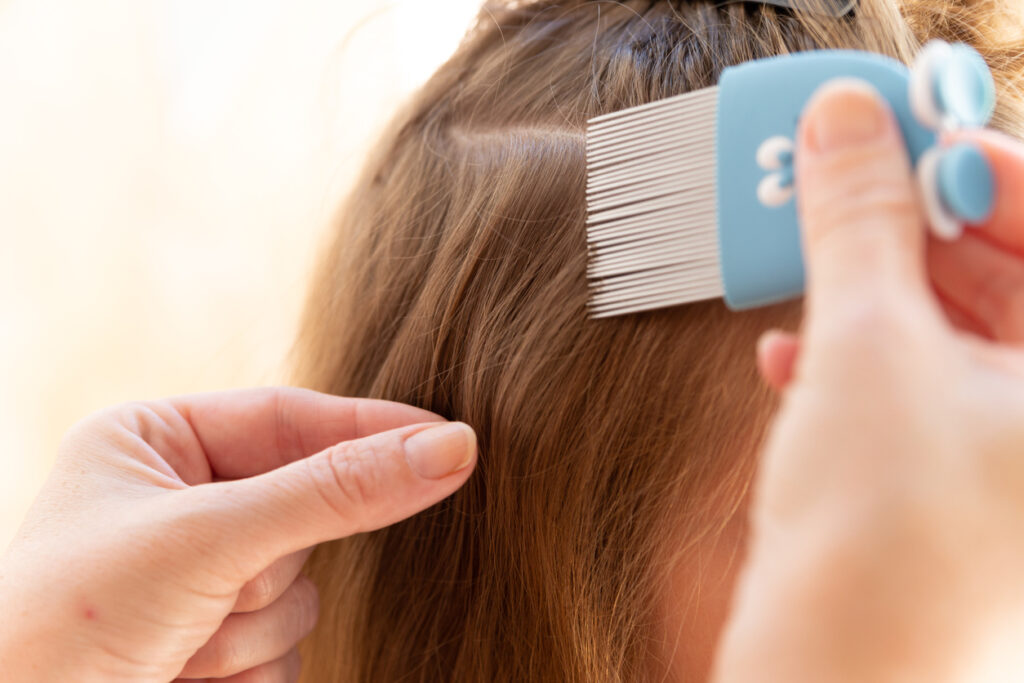Today, we are delving into the world of lice – those tiny, unwelcome visitors that can turn your scalp into a battleground of itchiness and frustration. Lice are wingless, parasitic insects that attach to human hair and feed off of human blood. There are three main types of lice that commonly infest humans: head lice, body lice, and pubic lice. Head lice are the most prevalent and typically affect children, though they can also be found in adults too. Although a nuisance, there is no need to panic if you find yourself dealing with lice as there are many therapeutic options and strategies to treat lice!
Lice spread from person to person through direct contact with an infested individual or by sharing personal items like hats, combs, brushes, or even headphones. A common misconception is that lice can spread by jumping or flying, which is incorrect considering the insects do not have wings, they only spread by crawling. Another common misconception is the association of lice with poor personal hygiene; lice have no preference for whose scalp they attach to, clean or dirty. Although lice can affect anyone, there are some ways you can protect yourself and reduce your risk of contracting lice.
- Keep Your Distance: It’s essential to avoid head-to-head contact with others, especially if you suspect they have lice. Remember lice cannot fly or jump, so as long as you are not coming in direct contact with a person with lice, you will have a lesser chance of getting lice yourself!
- Avoid Sharing Personal Items: Sharing may be caring, but not when it comes to personal items that touch the head. Teach your children not to share hats, scarves, hair accessories, combs, or brushes to minimize the risk of lice transmission.
- Tie Long Hair Up: If you or your child have long hair, keeping it tied up in a braid, bun, or ponytail can help reduce the chances of lice finding a cozy home on your scalp.
- Regularly Inspect and Comb Hair: Regularly inspecting your scalp and your family’s can help you catch lice early if they happen to invade. Comb through the hair with a fine-toothed lice comb to remove any adult lice or eggs (nits) that may be present. Note that if you do have lice, regularly combing through your hair is important, but you will also need to use a topical treatment to ensure complete eradication of the lice!
- Educate Your Circle: Inform your family, friends, and school community about lice prevention and encourage them to do the same. The more people who know how to combat lice, the better protected we all are.
Even when you take every preventative measure to protect yourself, sometimes lice can still find a way to your scalp. Luckily, there are many treatment options which are all highly effective when used properly. A great place to start exploring treatment options is to talk to your PharmaChoice Pharmacist who can make individualized recommendations based on your situation. Most treatments involve applying a shampoo-like solution to the hair and scalp and then letting it sit for a period of time before rinsing out. These treatments are available at your pharmacy as well as combs for nit picking.
Although lice are persistent creatures, with the right strategies, you can keep them at bay and enjoy a lice-free life. Remember, it’s crucial to be proactive and take preventative measures to reduce the risk of lice transmission. If you are worried about lice or have been exposed to lice, do not hesitate to chat with your PharmaChoice Pharmacist.




